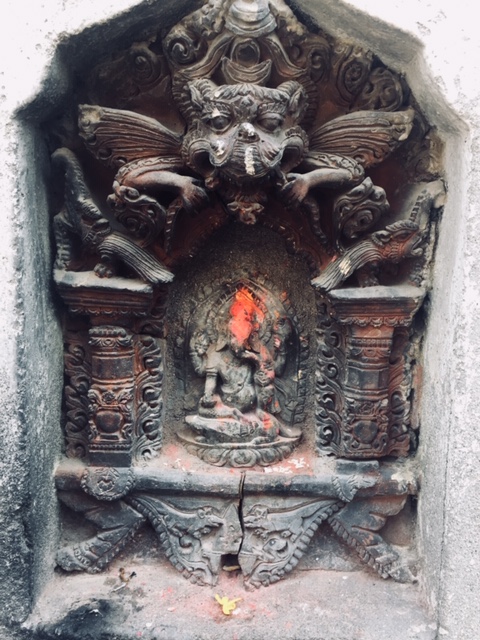The Pantheon of the Himalayan deities is as diverse as the mountain ranges of the Himalayas. The most popular gods of the mountains are Shiva, Hanuman, Kali, Ganesha, Lakshmi, Vishnu, Durga, Saraswarti, and Krishna – but there are many more.
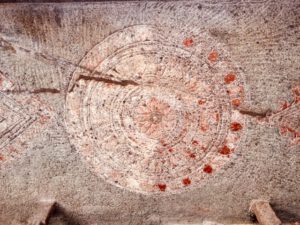
We will focus on their representations and characteristics, which range from fixed to infinitely variable. The collection of Hindu gods is much more populated than Western ideals. There are multitudes of stories about the respective deities, sometimes contradictory, but you get used to it after a while. As long as the most important characteristics have their origins in the world of the gods and all other gods connect in some way, it is not an obstacle.
The main gods
There is only one creator god in Hinduism: Brahman, the all-pervading consciousness; the god without characteristics or form. The Trimurti or Trinity is represented by the Ishvara manifestations, the alliance of Brahma, Shiva and Vishnu. This universal, which transcends beyond the imagination, creates an eternal game from the areas of creation, preservation, and destruction. Vishnu maintains what Brahman creates, Shiva ensures that it is transformed or destroyed again.
According to the GOD principle: creator, maintainer, destroyer. Therefore the god also needs female energy.
Brahma
Brahma manifests himself as the oldest manifestation of Ishvara. Ultimately, our world mirrors the imagination of Brahma, who created the world in deep meditation. Brahma is the creator aspect and is rarely worshipped because he has already done his job. He created everything. His origin is Vishnu’s navel and he has four heads (these stand for four characteristics) and four arms. Most of the time he is pictured sitting on a lotus flower.
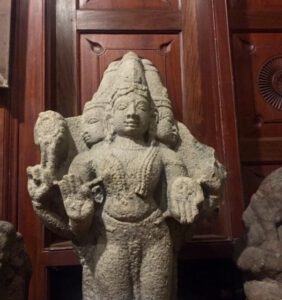
In his hands he carries symbolic elements like a mala necklace, the Hindu rosary which symbolizes the savior of the world. He also carries a beggar bowl, which serves as a symbol of the creator, since he is the creator of the universe and only a beggar receives all his strength from Brahma.
In his third hand he holds another lotus flower representing the whole of creation. His last hand expresses the receiving gesture. All divine aspects therefore also have female aspects. This is for Brahma Saraswati, the goddess of art and wisdom, who is also a muse. She is very revered and extremely popular, especially for her knowledge and the gift of language. Saraswati is often shown playing with an Indian lute, representing her love of music.
Vishnu
Vishnu is an aspect of God, sometimes called Narayana or Hari. He is the maintainer of the balance that acts between Brahma and Shiva in the middle of the Trimurti. Vishnu is often depicted with the conch shell, which represents the cosmic sound and thus the energy of the universe. He also has a lotus flower, and a throwing disc and club, since it is his task to ensure that everything continues. Vishnu preserves and maintains creation, so he shows himself in countless other appearances; the best known are Krishna, Rama and Buddha.
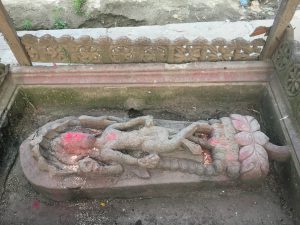
By the way: Vishnu existed before creation and started the first impulse for evolution.
Vishnu stands for peace, love and harmony, so he is also the servant-karma-yoga god, who is often depicted with the world-snake Ananta or on the shoulders of Garuda, the eagle (Asana: Garudasana). The feminine aspect of Vishnu is Lakshmi, the goddess of abundance and wealth as well as beauty. Vishnu has thus maintained the overall concept for a long time and appears incarnated on earth, always ready to help.
Shiva
Shiva is sometimes called Nataraja or Maheshwara, which stands for the highest principle. His way of worship is often depicted as a lingam (phallus). Lingams are everywhere, they are worshipped in small temples by pouring out various liquids. Shiva is known for the part of destruction. He always wears a snake around his neck, has a trident as a weapon and a third eye on his forehead.

Shiva is considered the highest god in Hinduism, he is the epitome of sensual pleasures and at the same time an expression of asceticism. This is probably why he is the god of ambiguity: on the one hand he destroys, on the other hand he shows himself to be charitable. Shiva equates the aspect of destruction with something new. From lust to ecstasy – he is the god of dance. Shiva arranges the world in his endless play of lustful love and engaging meditation.
He exercises 108 dance positions – there are many reasons why he is so venerated, adored and worshipped. Even when he combines all three principles of the cosmos, he seems to be a god of balance. There is even a festival in honor of this deity in Nepal: the Shivaratri Festival takes place annually at the beginning of spring.
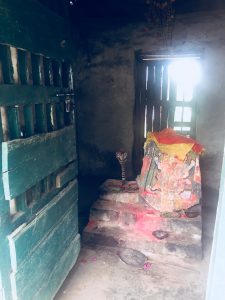
His feminine complement is Parvati, the goddess of gentleness, love and motherliness, care and kindness. Kali joins them, she is the dark form, the goddess of death, she is the opposite of Parvati. The positive qualities are occupied by Parvati, the dark aspects are attributed to her incarnation, the goddess Kali. She forms the female Trimurti unit with Saraswati and Lakshmi.
Cradle of the gods – the Himalayan Plateau
The Himalayas are the home and cradle of the gods. The height of the mountains connects the spiritual with the earthly space, a place between heaven and earth. The world of the Himalayas starts from the far north to the south.
Travelers who visit the Himalayas feel a close connection with the mountains, often feeling their special spirituality. Here the God Shiva resided, and the Buddhists and Hindu worship the Kailash as his summit. Hinduists have always made a pilgrimage there, and the number 108 seems to be significant here for both religions: the Buddhists circle the Kailash 108 times.
The mixing of different religions, rites and traditions reflects the influences of different cultures and trends. It is as diverse and endless as the gods. The world’s eight thousand-meter peaks, 14 in number, are located in the Himalayan region and will rest there forever.
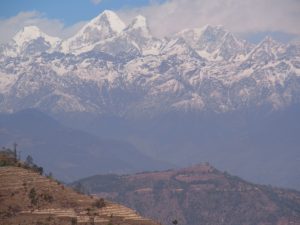
Hinduism dominates in the Nepal lowlands and low mountain ranges, while Buddhism dominates in the high regions, and Muslim groups are also found in isolated areas. In the home of the snow, in Sanskrit “Himál-aya”, many deities, monasteries, temples, rites, traditions and ethnic groups continue to adorn the endless mountain ranges with their laughter, their gods and their myths.

